Search Images
Browse Content (p. 1340)

Image
White Tiger, Goguryeo Tomb Mural
A mural from a Goguryeo tomb depicting the mythical white tiger which represented the cardinal direction West. (likely 6th-7th century CE)
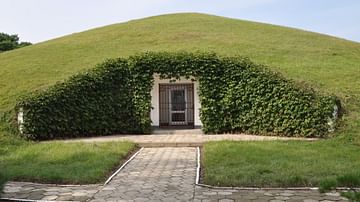
Image
Goguryeo Mound Tomb, Kangso
A burial mound tomb at Kangso of the ancient Goguryeo kingdom which ruled northern Korea between the 1st century BCE and 7th century CE.
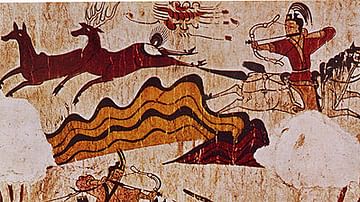
Image
Hunting Scene, Goguryeo Tomb Mural
A Goguryeo hunting scene mural from the 5th century CE Muyonchong or 'Tomb of the Dancers' at Gungnae (modern Tonggou), North Korea.
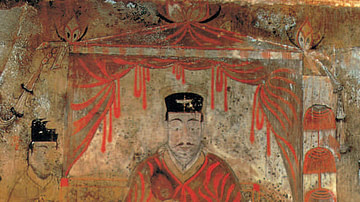
Image
Tong Shou, Goguryeo Tomb Mural
Mural from Tomb No. 3 at Anak, North Korea, 357 CE. The man is identified by an inscription in the tomb as Tong Shou, the last ruler of the Chinese commandery of Taebang.

Image
The Earliest Coins from Lydia
These are some of the earliest coins in the World. Made from electrum, a naturally occurring mixture of gold and silver, they were issued in Lydia. Although irregular in size and shape, these early coins were produced according to a strict...
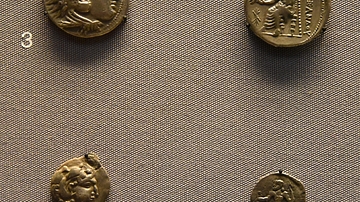
Image
Coins from Macedonia and Sogdia Copying Alexander's Coinage
The State of Sogdia was conquered by the army of Alexander the Great in 327 BCE. The early coins from Sogdia copy the coins of Alexander's Empire, telling us that they were issued after the conquest. Comparisons like this allow ancient coins...
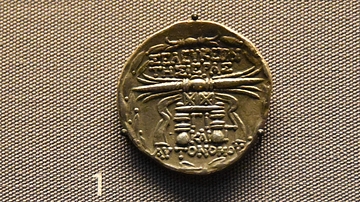
Image
Seleucid Coin with Date
In the ancient world, some coins had dates on them. giving us precise information as to when people ruled. These coins are inscribed with dates, so they give fixed points in the chronology of ancient states, to which other evidence can be...
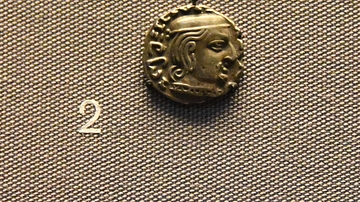
Image
3rd Century CE Indian Coin with Date
In the ancient world, some coins had dates on them. giving us precise information as to when people ruled. These coins are inscribed with dates, so they give fixed points in the chronology of ancient states, to which other evidence can be...
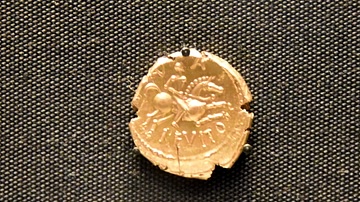
Image
Gold Coin Naming a New King from Britian
This coin offers the first evidence for the existence of a local king called "Anarevito". He is not known either from other coin finds or Roman historical accounts. Coin inscriptions often provide the only reference to the kings and rulers...
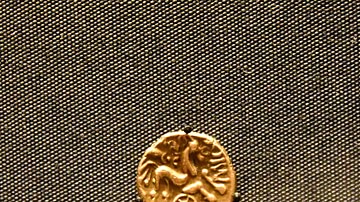
Image
Britain's First Inscribed Coins
This coin, naming the ruler Commius, is probably the earliest evidence of writing in Britain. His name appears in its Celtic form, "COMMIOS". Later coins, such as those of his son Tincomarus, have inscriptions written in Latin. Gold coin...